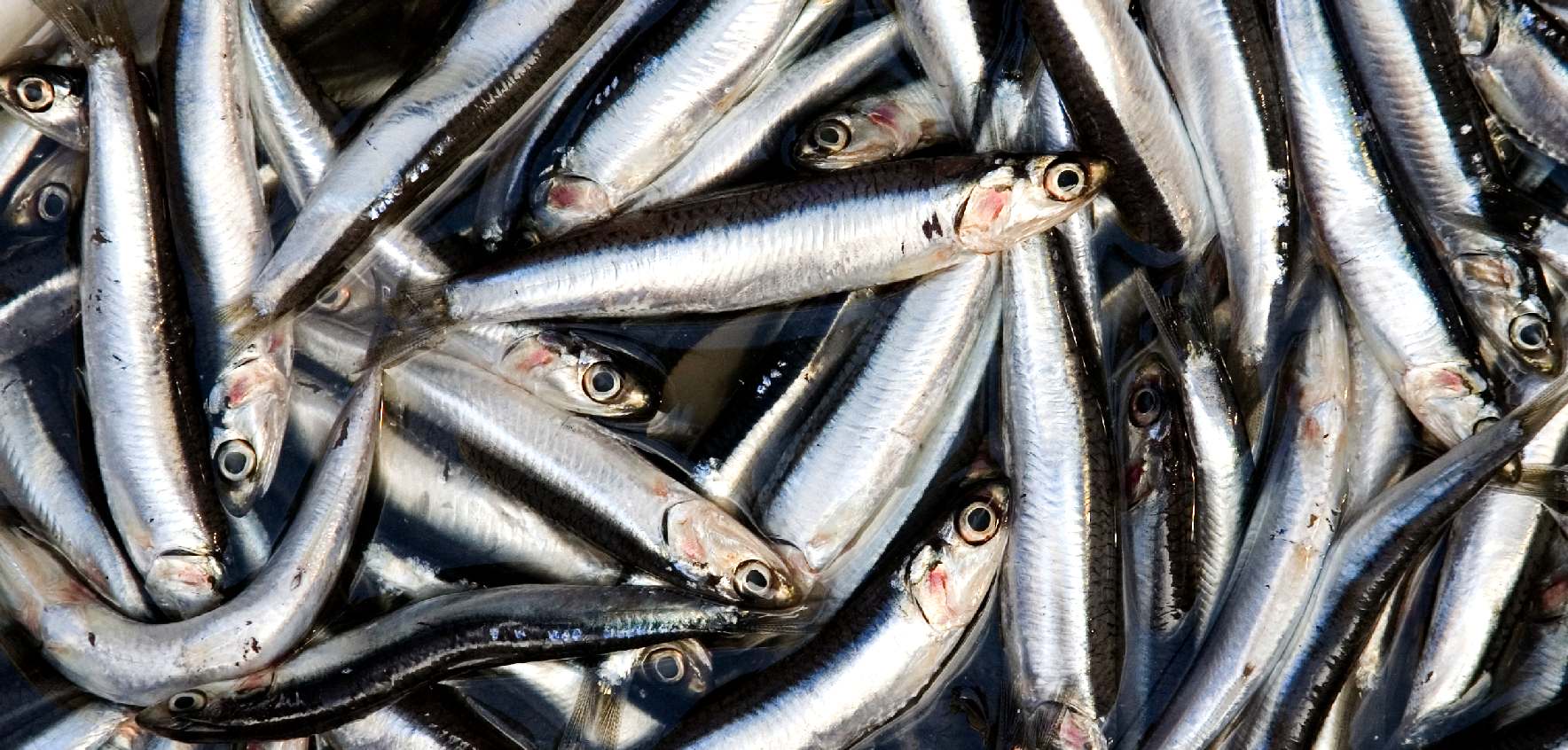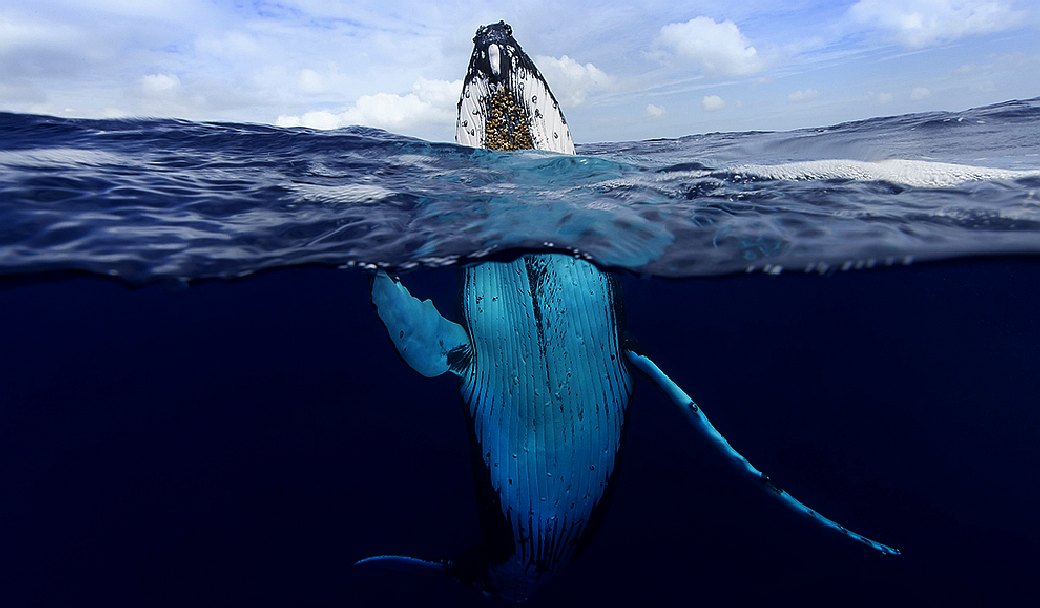|
ANCHOVIES
ABOUT - HOME - WHALING - A-Z INDEX
Anchovies
| Bass
| Bream
| Catfish
| Clams
| Cod
Coley
| Crabs
| Crayfish
| Eels
| Grouper
| Haddock
| Hake
| Halibut
| Herring
| Jellyfish
Krill
| Lobster
| Mackerel
| Marlin
| Monkfish
| Mullet
| Mussels
| Oysters
| Perch
| Piranha |
Plaice
| Pollock
| Prawns
| Rays
| Sablefish
| Salmon
Sardines
| Scallops
| Sharks
| Shrimp
| Skate
| Sole
| Sprat
| Squid
| Sturgeon
| Swordfish
| Trout
| Tuna
| Turbot
| Whiting

TASTY
- Anchovies make a superb starter fresh, a powerful paste and
a nice snack on toast.
In
an effort to feed a
growing population we should look at
alternatives lower down the food chain to increase the ratio
at which protein is harvested from the ocean, so bypassing the
conventional food chain where at each stage of consumption
there are significant losses in the conversion process. Jellyfish,
squid, krill
and filter feeders such a mussels could play a part in filling the widening gap between falling
fish stocks and higher demand to feed
humans - so
relieving the pressure on tuna, salmon and other popular white
fish.
The problem being that plastic
in the ocean is poisoning all marine life, making seafood
potentially toxic and a health
risk in years to come.
ABOUT
ANCHOVIES
Anchovies are small, green fish with blue reflections due to a silver-colored longitudinal stripe that runs from the base of the caudal (tail) fin. They range from 2 to 40 cm (0.79 to 15.75 in) in adult length and their body shapes are variable with more slender fish in northern populations.
Anchovies are found in scattered areas throughout the world's oceans, but are concentrated in temperate waters, and are rare or absent in very cold or very warm seas. They are generally very accepting of a wide range of temperatures and salinity. Large schools can be found in shallow, brackish areas with muddy bottoms, as in estuaries and bays. The European anchovy is abundant in the Mediterranean, particularly in the Alboran Sea, Aegean Sea and the
Black
Sea.
This species is regularly caught along the coasts of Crete, Greece, Sicily,
Italy,
France, Turkey, Portugal and
Spain. They are also found on the coast of northern Africa. The range of the species also extends along the
Atlantic coast of Europe to the south of
Norway. Spawning occurs between October and March, but not in water colder than 12 °C (54 °F). The anchovy appears to spawn at least 100 km (62 mi) from the shore, near the surface of the
water.
A traditional method of processing and preserving anchovies is to gut and salt them in brine, allow them to cure, and then pack them in oil or salt. This results in a characteristic strong flavor and the flesh turns deep grey. Pickled in vinegar, as with Spanish boquerones, anchovies are milder and the flesh retains a white color. In Roman times, anchovies were the base for the fermented fish sauce garum. Garum had a sufficiently long shelf life for long-distance commerce, and was produced in industrial quantities. Anchovies were also eaten raw as an aphrodisiac.
Today, they are used in small quantities to flavor many dishes. Because of the strong flavor, they are also an ingredient in several sauces and condiments, including Worcestershire sauce, Caesar salad dressing, remoulade, Gentleman's Relish, many fish sauces, and in some versions of Café de
Paris butter. For domestic use, anchovy fillets are packed in oil or salt in small tins or jars, sometimes rolled around capers. Anchovy paste is also available. Fishermen also use anchovies as bait for larger fish, such as
tuna and sea bass.
The strong taste people associate with anchovies is due to the curing process. Fresh anchovies, known in Italy as alici, have a much milder flavor. In
Sweden and Finland, the name anchovies is related strongly to a traditional seasoning, hence the product "anchovies" is normally made of sprats and herring can be sold as "anchovy-spiced". Fish from the family Engraulidae are instead known as sardell in Sweden and sardelli in
Finland, leading to confusion when translating recipes.
LINKS
& REFERENCE
https://

MARINE
LIFE - This humpback whale is one example of a magnificent
animal that is at the mercy of human
activity. Humans are for the most part unaware of the harm their fast-lane
lifestyles are causing. We aim to change that by doing all we
can to promote ocean
literacy.
Anchovies
| Bass
| Bream
| Catfish
| Clams
| Cod
Coley
| Crabs
| Crayfish
| Eels
| Grouper
| Haddock
| Hake
| Halibut
| Herring
| Jellyfish
Krill
| Lobster
| Mackerel
| Marlin
| Monkfish
| Mullet
| Mussels
| Oysters
| Perch
| Piranha |
Plaice
| Pollock
| Prawns
| Rays
| Sablefish
| Salmon
Sardines
| Scallops
| Sharks
| Shrimp
| Skate
| Sole
| Sprat
| Squid
| Sturgeon
| Swordfish
| Trout
| Tuna
| Turbot
| Whiting
This
website is provided on a free basis as a public information
service. Copyright © Cleaner
Oceans Foundation Ltd (COFL) (Company No: 4674774)
2022 Solar
Studios, BN271RF, United Kingdom.
COFL
is a charity without share capital.
|

